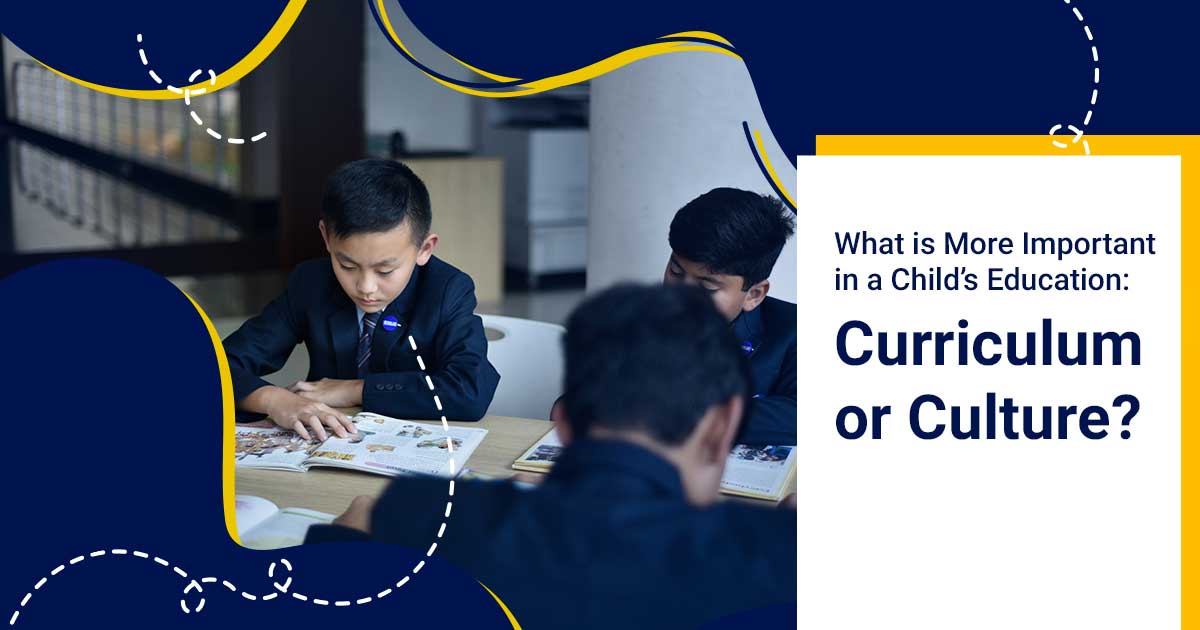

A Brief Introduction
In essence, both curriculum and culture are crucial to ensure the best education for children. In other words, we cannot compare one with the other. To put it differently, a proper relationship should be maintained between curriculum and culture.
Making sure an in-depth curriculum is mandatory to ensure the proper development of every child in an educational institution. Therefore, education managers and teachers should leverage the power of a research-based program to take the success of education to a new level.
About Multicultural Principles in Education
Needless to say, every person has a deep relationship with their culture. Therefore, culturally relevant programming acts as the key source to represent various cultural groups in front of the world.
However, culturally-relevant programming calls for a learning curve about various groups to keep the idea of stereotypes at bay. That is why it is a must to incorporate cultural aspects into children’s curriculum.
Adaptation of proper developmentally-appropriate practices is what makes a curriculum ideal for the growth and advancements of children in schools. Multicultural principles are needed to represent the identity of every person to live and perform in a diverse society.
In addition, students, who come from backgrounds other than English, are in dire need of effective multicultural programs to ensure their proper development. As a result, they can continue their learning in their first language while boosting their knowledge of English.
Needless to say, multicultural programming for students helps them know about various cultures so that they can start appreciating and respecting individuals of various cultural backgrounds. Multicultural programming also helps to keep personal as well as institutional unfairness at bay.
In other words, diverse programming leaves no stone unturned to evaluate and challenge all the biases based on cultures in educational institutions. All these aspects show that culturally relevant & diverse programming along with all the practices in this regard should be incorporated into all services, curricula, and systems to benefit students regardless of the age group.
An Amalgamation of Culture & Curriculum
What do we witness in a 21st-century classroom? The answer is the power of the internet and smart devices among others. In other words, the methodologies of teaching and learning have changed drastically over the last decade. However, the overall growth of children is not possible without making them aware of various cultural backgrounds. That is how every child in a classroom would feel included or valued.
You can keep improving the teaching styles by leveraging the power of cutting-edge tools and technology. However, taking care of children’s backgrounds, experiences, and preferences is equally important to keep behavior issues at bay. As a result, every child can learn faster, memorize faster, and perform well in exams.
Wrapping Up
Curriculum and culture complement each other. In order to make the learning experience of a student rich and significant, it is a must to create a combination of technically-advanced curricula and multicultural programs. The same would help fetch the best results for the students.
Recent Blogs
IGCSE Full Form
What is the International Baccalaureate?
IBDP Full Form
CIE Board Full Form
CBSE Full Form
Site Designed and Maintained By : Office of Communications, JAIN Group All rights reserved.